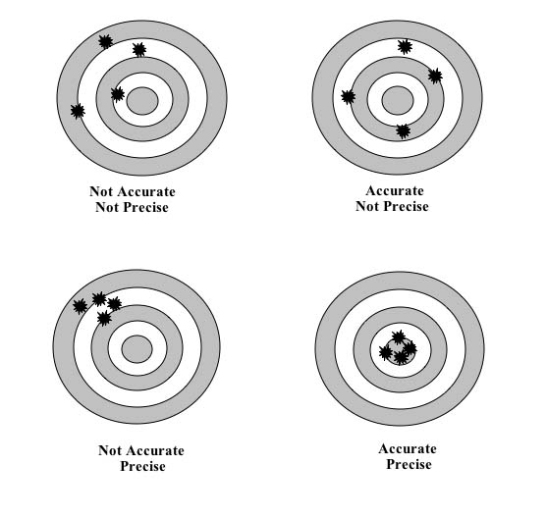I need to refine my general questions; to look for more precise gaps.
Here is my original question:
“how can we understand collectives in a 21st century context, in which rhetorical and digital circulation is not an afterthought or even tool, but a shaping force of collectives? What is rhetoric’s role in that conception?”
Here were suggestions to be more precise:
What is the distinction you’re making here between collectives and social movements? Why does this distinction matter in general, but specifically in terms of the role of circulation? What does it mean to say that circulation is “not an afterthought or even a tool, but a shaping force of movements?” To what extent has it previously been seen as an afterthought or tool, as opposed to a significant feature of rhetorical action? How does your view substantially alter the way circulation has been seen before?
Freewrite answers/distinctions:
- time period–not a past/modern conception, but a contemporary one
- social movements presuppose a “people” in relation to each other; collectives, in the serial sense, does not automatically assume a “people” who are constituted by identity, values, etc.
- this matters because it shares like assumptions with identity politics, in which people share some common feature that makes them a group; digital circulation can (but doesn’t always) expand the kind but also values of the people who come into contact with, and adapt rhetoric
- to utilize serial collectivity, we must consider the material construction of rhetoric; that is, how rhet is itself a material with which rhetors have to shape the world around them. Thus, rhet can become the material conditions that shape collectives, rather than collectives that shape rhetoric. Thus, rhetoric is the shaping tool that constitutes collectives, rather than a tool that movements use
- I’m thinking of Rice’s use of circulation, in which she expands the rhetorical situation to account for adaptations in distribution, thus expanding and modifying the rhetorical situation. It could be said that in her “Keeping Austin Weird” example, it could fit collectives because the locally-owned, community supported sentiment that is Weird Austin creates a people whom share this sentiment. And this could certainly be true. But it could also be true that people who were not particularly affiliated with Weird Austin were then part of the collective by way of their encounter with rhetoric. In other words, the corporate and multifaceted adaptations of Keep Austin Weird may demonstrate a collective larger than the rhetorical situation can imagine or allow. In my understanding of Rice, circulation is the means by which people distribute rhetoric, which has its roots in a group of people with like-minded values and identities entangled in Weird Austin. But it’s reach and adaptation forces us to reconsider if a rhetorical situation is possible without presuming a rhetor and audience who is imaginable and similar.
- But circulation is an element of the rhetorical ecology. I’ll grant that. I think the distinction I am making is what we assign to those aspects of persuasion, and ultimately, what that limits and creates as excess in this rigid conception of rhetorical exchanges.
I think I need to go back to some books and see what kind of language there is to play with to articulate this more clearly.
Morris III and Browne. Readings on the Rhetoric of Social Protest.
“Theoretical Foundations:”
…they [social movements] organize symbols to persuasive ends; they address unsettled issues of public importance; and they seek change not through violence or coercion but through force of argument and appeal. Now, symbols, persuasion, contingency, public life, argument, and appeal are all concepts definitive of rhetoric itself; thus when we discover the rhetorical dynamics of a particular movement, we are really finding something out about rhetoric in general. (2)
The key questions they ask (which I think I need to keep in mind for my own research question) to understand the natures of movements are:
- How do we know a movement when we see it?
- What are its distinguishing features?
- On what basis can we generalize the qualities that seem to define certain movements to others of a similar cast?
- How do movements differ among themselves?
- What, precisely, is rhetorical about movements?
Thus, the goal of rhetoric of social protest/movement rhetoric is “to discover…the rhetorical patterns inherent in the movement selected for investigation” (2).
Leland Griffin then sets out to describe the process [which Simons describes as “relativistic and essentially clinical” (34)] a student goes through to analyze rhetorical movements, factions within historical movements small enough to be observable. He describes method, criteria, and reporting. From there others focus on the leader, the ego, etc. Simons then combines previous definitions into one which describes social movements as
an uninstitutionalized collectivity that mobilizes for action to implement a program for the reconstitution of social norms or values (35).
And Smith and Windes talk about rhetorical movements as pertaining to “collective actions directed toward radical change in the social order” (88). He recommends thinking about narrowing this down further.
fill this in later…
McGee recommends a pluralistic approach to social movements to disrupt the automaticity of social movement as a phenomena which we observe, rather than an analogue of “flow of social facts” with “physical movement” (128).
So, what does a pluralistic approach look like? What does it entail to study social, rhetorical events without beginning with social movements as our departure point? Are we required to arrive at “social movements,” meaning, is the only legitimate end result and nomenclature for social events that seek change a social movement? If not, there what other “conclusions” are available for us to make meaning of social and rhetorical events which seem to engage with change?
